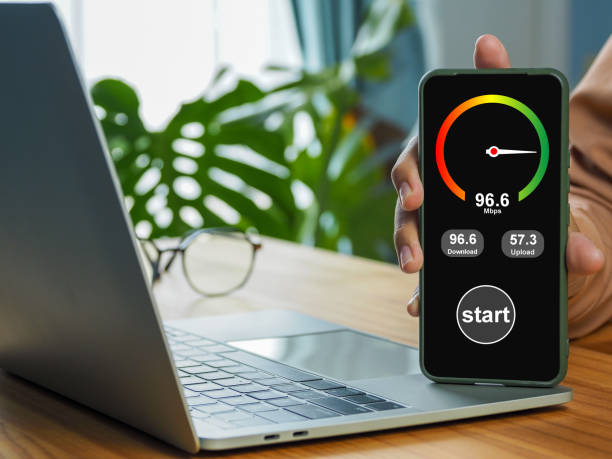Introduction
In the digital age, speed is paramount. The relentless pursuit of faster and more efficient communication has driven the development of technologies that shape our interconnected world. One such groundbreaking innovation is the fifth generation of wireless technology, commonly known as 5G. Not only does 5G promise unparalleled data speeds, but it also opens the door to a plethora of transformative applications. To harness the potential of this technology, accurate and reliable 5G speed testers have emerged as indispensable tools. In this article, we delve into the world of 5G speed testers, exploring their significance, underlying technology, and the role they play in shaping the 5G landscape.
The Need for Accurate Speed Testing
As 5G technology emerges as the bedrock of modern communication, it brings with it unprecedented data speeds and near-zero latency. However, these promised speeds need to be substantiated by empirical evidence. Enter 5G speed testers, tools that validate the claims of service providers and offer users insights into their network performance. Accurate speed testing helps users gauge whether they are truly benefiting from 5G’s potential or if there are areas for improvement.
Key Metrics of 5G Speed Testing
5G speed testing encompasses several key metrics that collectively provide a comprehensive view of network performance:
Download Speed: This metric measures how quickly data is transferred from the internet to a device. It’s a critical parameter for activities like streaming high-definition videos and downloading large files.
Upload Speed: Just as important as download speed, upload speed measures how fast data can be sent from a device to the internet. It’s crucial for tasks like sharing large files and live streaming.
Latency: Often referred to as network responsiveness, latency is the time it takes for data to travel between the device and the server. Low latency is essential for real-time applications like online gaming and remote surgery.
Jitter: Jitter represents the variation in latency over time. Consistent latency is preferred, especially for applications sensitive to delays.
Packet Loss: Packet loss indicates the percentage of data packets that do not reach their destination. Excessive packet loss can degrade the quality of voice and video calls.
Underlying Technology of 5G Speed Testers
Behind the user-friendly interface of a 5G speed testing app lies a complex interplay of technologies:
Servers: Speed testing requires servers to send and receive data. These servers are strategically located to provide accurate measurements across various geographical areas.
Data Transfers: To assess download and upload speeds, these testers initiate data transfers between the device and the server. These transfers often involve large files to simulate real-world scenarios.
Ping: The ping test measures latency by sending a small data packet to the server and measuring the time it takes to receive a response.
Multiple Connections: Modern speed testers often employ multiple connections simultaneously to stress-test the network and provide more accurate results.
Challenges in 5G Speed Testing
While 5G speed testers are invaluable tools, several challenges must be addressed:
Network Variability: 5G speeds can vary due to factors like signal strength, network congestion, and interference. Speed testers must account for these variables to provide accurate results.
Device Limitations: Different devices may exhibit varying speeds due to hardware and software differences. Ensuring consistency across devices is a challenge.
Dynamic Nature of 5G: 5G networks use a combination of frequency bands, including millimeter waves, mid-band, and low-band frequencies. Each offers different speed and coverage characteristics, adding complexity to testing.
Role in Shaping the 5G Landscape
Consumer Empowerment: Accurate speed testers empower consumers to hold service providers accountable for the quality of their 5G offerings.
Network Optimization: Speed testing data helps service providers identify areas of their network that require optimization, leading to improved overall performance.
Infrastructure Planning: By analyzing speed test data, carriers can strategically plan their infrastructure expansions and upgrades.
The Future of 5G Speed Testing
As 5G continues to mature, so will the technology behind speed testers:
AI Integration: Artificial intelligence can enhance the accuracy of speed testing by analyzing data patterns and accounting for network variability.
Edge Computing: Edge computing can reduce latency in speed testing by processing data closer to the source, offering more precise real-time results.
Holistic Metrics: Future speed testers may include additional metrics that measure network reliability, consistency, and the quality of service.
Conclusion
The advent of 5G technology has ushered in a new era of connectivity, promising unprecedented data speeds and transforming industries. 5G speed testers play a vital role in substantiating these claims, empowering users, and optimizing network performance. As the 5G landscape evolves, these testers will continue to evolve as well, ensuring that users reap the full benefits of this transformative technology.















